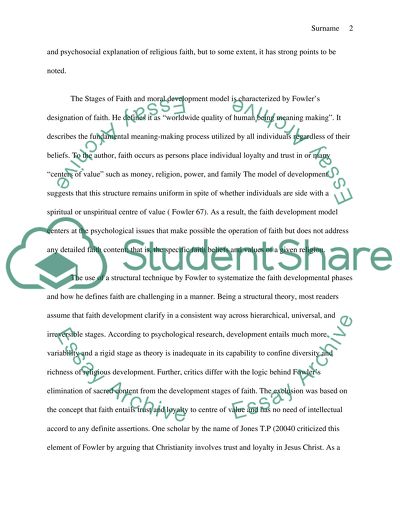Critique assignment Example | Topics and Well Written Essays - 750 words. Retrieved from https://studentshare.org/religion-and-theology/1488126-critique-assignment
Critique Assignment Example | Topics and Well Written Essays - 750 Words. https://studentshare.org/religion-and-theology/1488126-critique-assignment.


